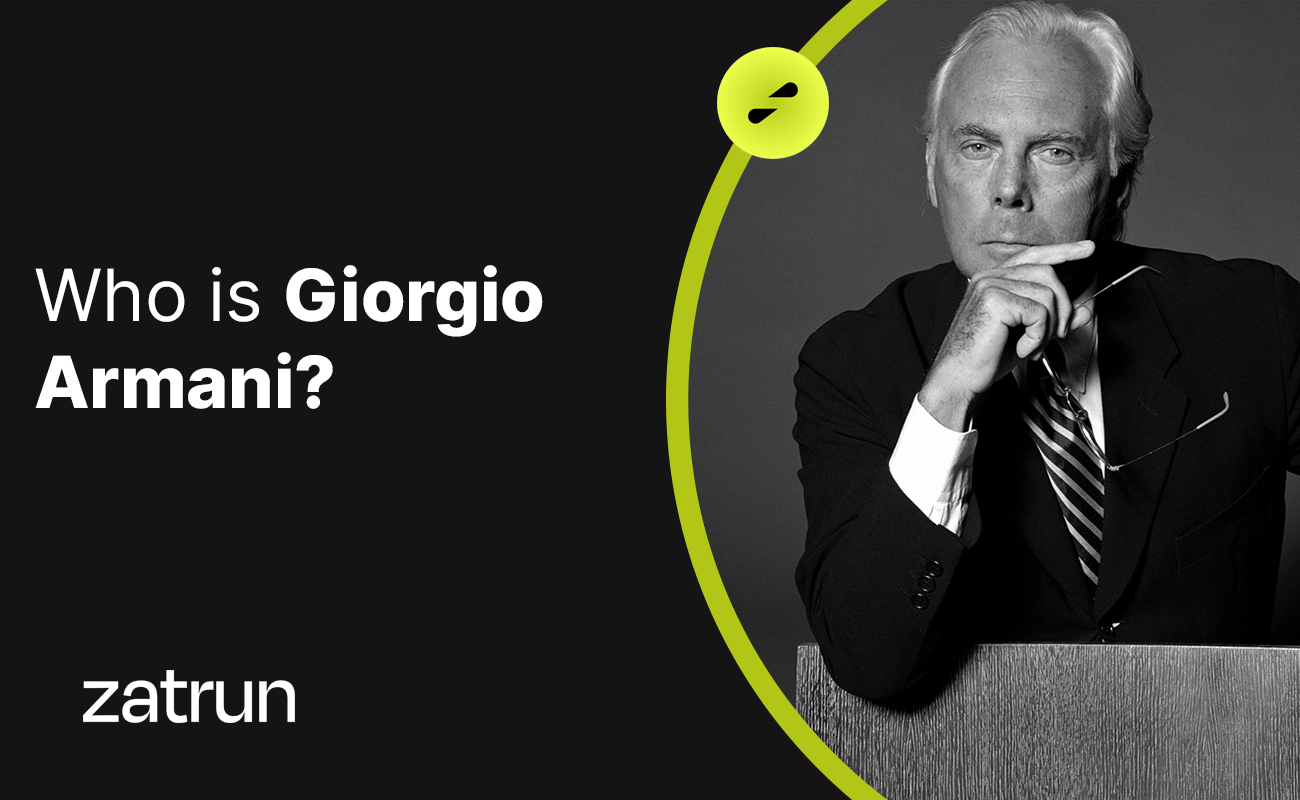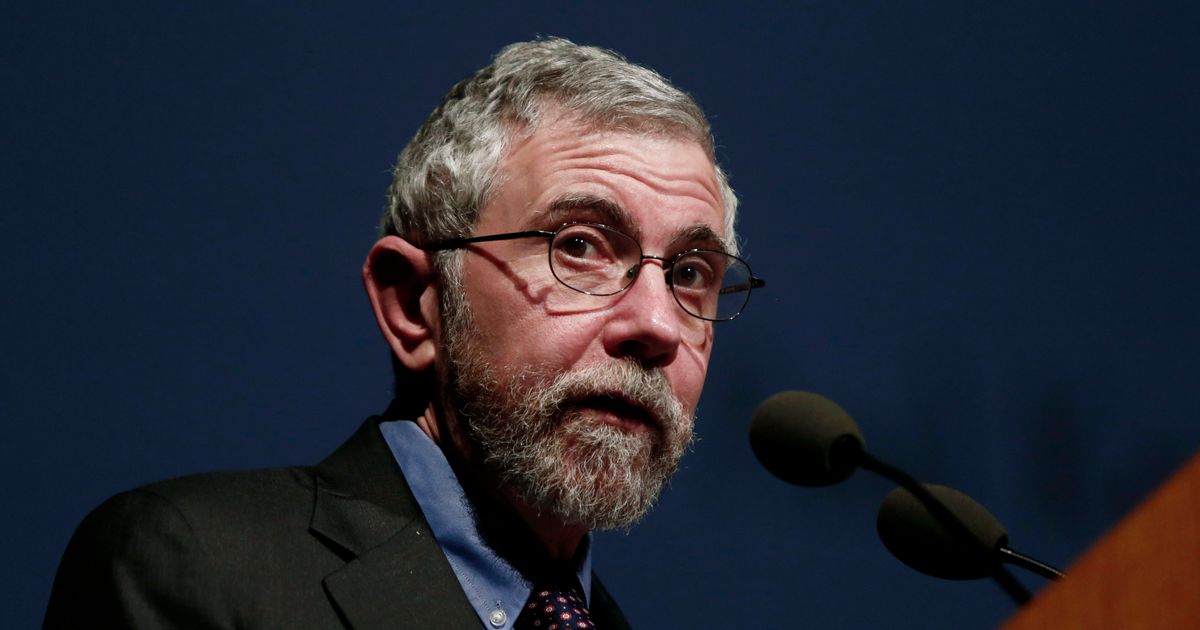Tjalling Koopmans 101: Who is the Dutch Economist? in our article of Zatrun.com, we will cover in detail everything you need to know about the Dutch economist Tjalling Koopmans, who our readers are curious about.
Who is Tjalling Koopmans?
February Aug. 28, 1910 in Graveland, Netherlands, died February 26, 1985 in New Haven, Connecticut, USA) Tjalling Charles Koopmans jointly won the Nobel Memorial Prize in Economic Sciences in 1975 with Leonid Kantorovich. August 28, 1910 in Graveland, Netherlands, died February 26, 1985 in New Haven, Connecticut, USA.
Tjalling Koopmans started his academic journey in 1927 at the age of 17 by studying mathematics at Utrecht University. However, in 1930 he moved to the department of theoretical physics. in 1933, after studying mathematics and physics, he met Jan Tinbergen and inspired him to study mathematics. Under his guidance in Amsterdam, Koopmans worked in the fields of statistics and econometrics, as well as mathematical economics.

His visit to Norway in the autumn of 1935, where he studied under Ragnar Frisch, had a profound impact on his studies. Koopmans completed his university master’s degree at Leiden University in 1936, as his thesis advisor was transferred there. After Tinbergen moved to work in the Finance Department of the League of Nations in Geneva from 1936 to 1938, Koopmans began teaching Tinbergen’s courses at Erasmus University in Rotterdam.
In 1938, Koopmans joined the Finance Department of the League of Nations in Geneva and worked to apply an econometric model like the one Tinbergen had prepared for the United States to the British economy. During his time there, he developed close research relations with James Meade, who would later win the Nobel Memorial Prize in Economic Sciences.
His Career Journey
When World War II broke out, Tjalling Koopmans went to work in the United States with his wife and young daughter. He worked at the British Shipping Mission in Washington, where he dealt with the problems of shipping war supplies that Britain received from America across the Atlantic. This experience led him to focus on the economics of transportation, especially the problem of optimal routes.

In 1944, Koopmans lost his job due to the restructuring of the British government and moved to Chicago, where he began working at the Cowles Commission for Economic Research, a research institution affiliated with the University of Chicago. he became a U.S. citizen in 1946.
He was later appointed director of the Cowles Commission in 1948. The Cowles Commission received financial support from Cowles, and in 1955, Yale University took over this fund and established a new Cowles Economic Research Commission, in which Koopmans also participated. At Yale, he focused on optimal growth economics and action analysis, especially action analysis related to economics.
His Contributions to the Economics
Koopmans’ early research was in the field of physical sciences on the Hartree-Fock theory, which resulted in the widely known Koopmans theorem in quantum chemistry. His research in the field of mathematical economics, input for production, cost, and pricing.

He also focused on the links between these factors and economic productivity and prices, as well as his analysis of the Decencies. in 1975, he shared the Nobel Prize in Economics with Kantorovich for significant contributions to the theory of resource allocation and the optimal use of resources. Below you can find Tjalling Koopmans’ most important works:
- The Scientific Papers of Tjalling C. The Koopmans (1970)
- Three Essays on the State of Economic Science (1957)
- Linear Regression and Activity Analysis of Economic Time Series (1937)












